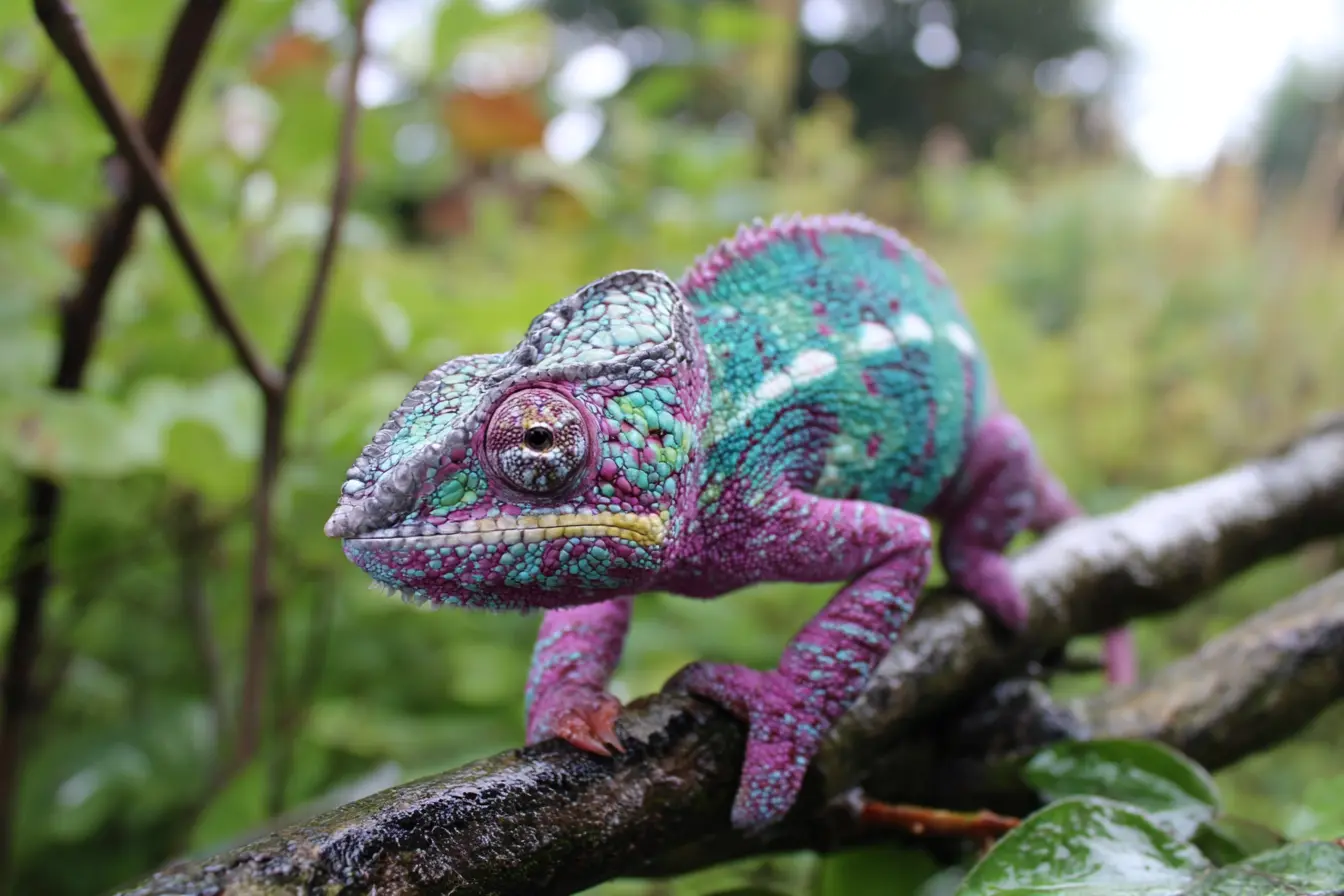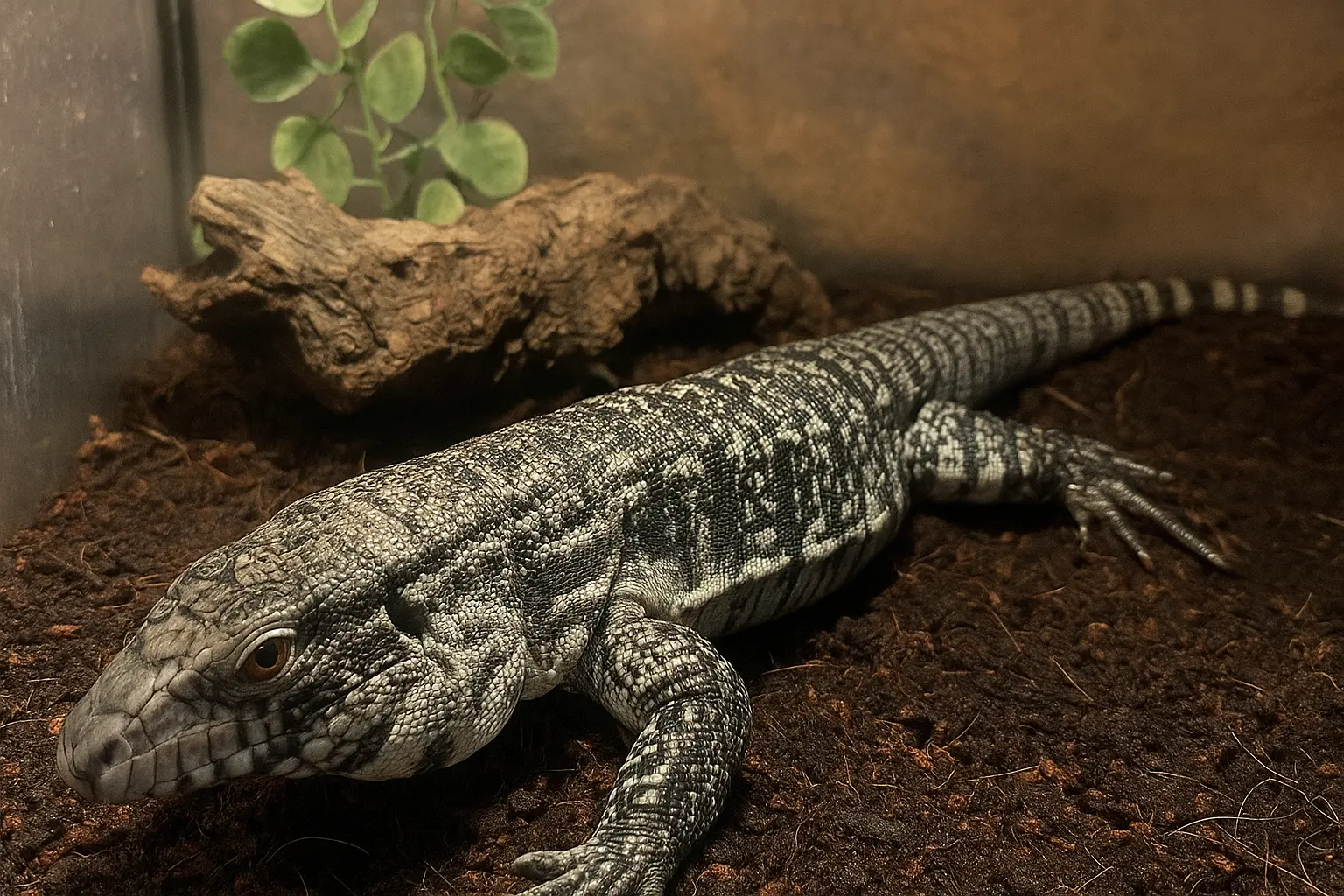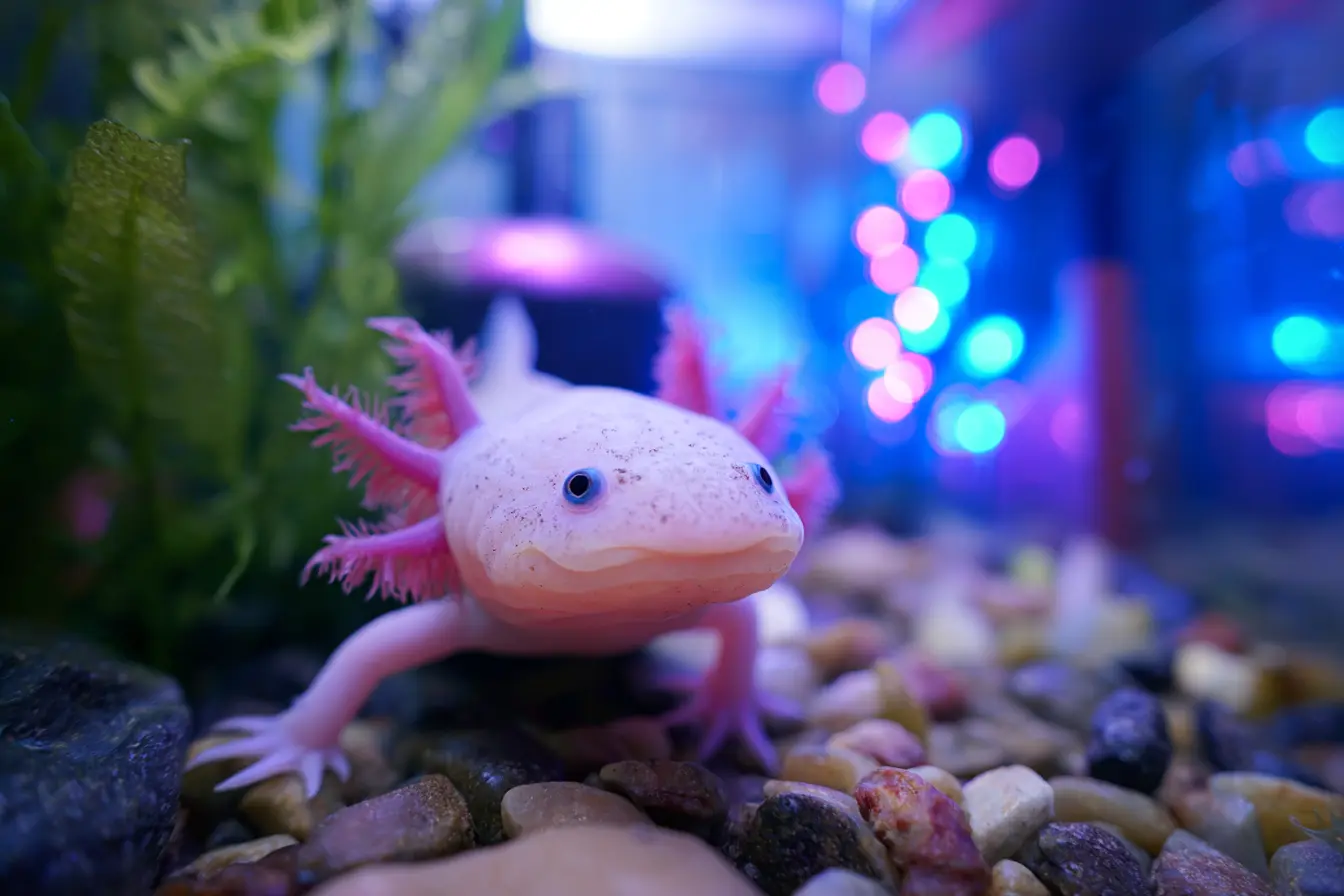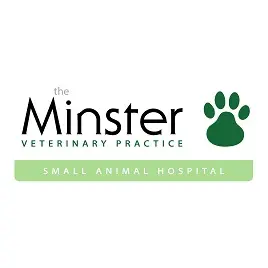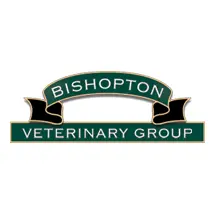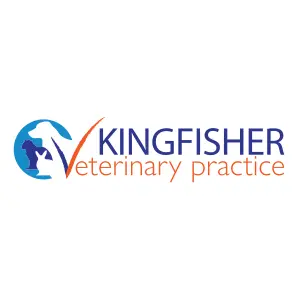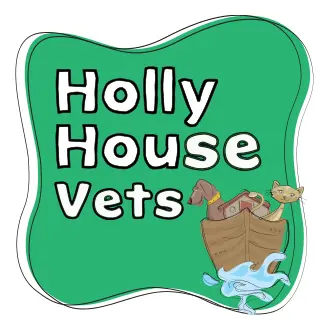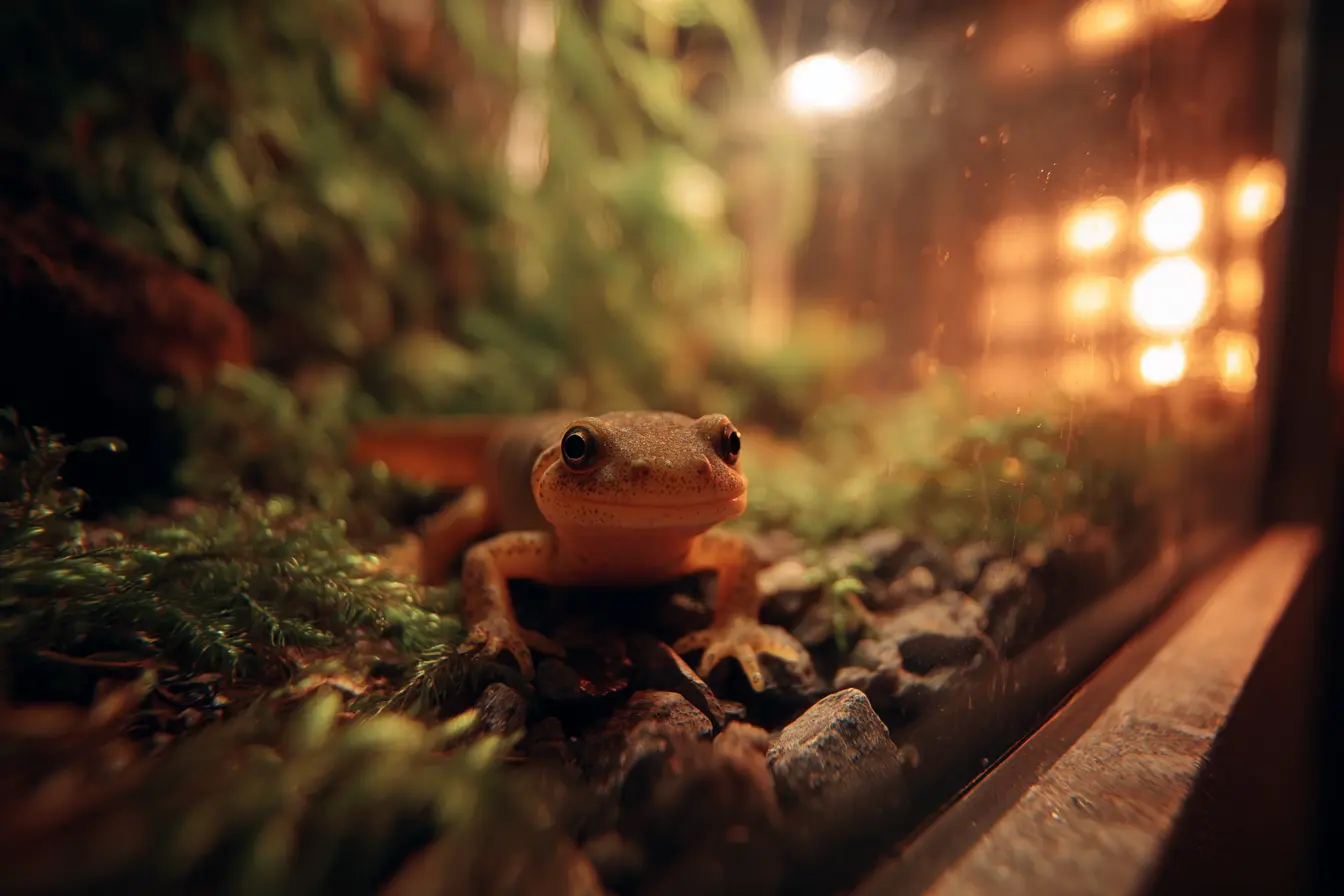
Common Ailments in Newts
Newts are fascinating and relatively hardy amphibians, but they are still vulnerable to a range of health problems, particularly in captivity. Understanding the common ailments that affect newts can help owners provide better care, spot early signs of illness, and seek appropriate treatment before issues become severe. This guide covers the most common ailments, their causes, symptoms, prevention, and treatment.
Red Leg Syndrome
Cause: Red Leg Syndrome is a bacterial infection, often caused by Aeromonas hydrophila or other opportunistic pathogens. It is typically a result of poor water quality, stress, overcrowding, or injury.
Symptoms:
- Reddening of the limbs, belly, and vent
- Skin ulcers
- Lethargy
- Loss of appetite
- Swelling and skin sloughing
Prevention:
- Maintain pristine water quality
- Avoid overcrowding
- Quarantine new arrivals
Treatment: Immediate veterinary intervention is necessary. Treatment usually involves systemic antibiotics and supportive care, including hydration and maintaining optimal environmental conditions.
Fungal Infections
Cause: Fungal infections often occur when a newt’s skin is damaged or when kept in damp, unsanitary conditions. The most common fungi involved are Saprolegnia species.
Symptoms:
- White, cotton-like growths on the skin
- Lethargy
- Loss of appetite
- Skin peeling
Prevention:
- Maintain excellent water and enclosure hygiene
- Remove uneaten food promptly
- Minimise injuries through gentle handling
Treatment: Affected newts should be isolated. Antifungal treatments, such as salt baths or specific antifungal medications prescribed by a vet, are typically required.
Parasites
Cause: Parasites can be external (such as leeches or mites) or internal (such as nematodes, protozoa, or trematodes). Infestations often occur through contaminated food, water, or substrates.
Symptoms:
- Weight loss despite normal or increased eating
- Visible worms or parasites in faeces
- Abnormal faeces (diarrhoea or undigested food)
- Lethargy
- External parasites visible on the skin
Prevention:
- Feed captive-bred, parasite-free live food
- Quarantine all new animals
- Regularly clean the habitat
Treatment: Diagnosis via veterinary faecal tests or skin examinations is essential. Treatment typically involves antiparasitic medications tailored to the specific parasite species.
Skin Shedding Problems (Dysecdysis)
Cause: Improper humidity, poor nutrition, or skin infections can cause incomplete or problematic shedding.
Symptoms:
- Retained patches of old skin
- Dry, flaky appearance
- Lethargy
- Loss of appetite
Prevention:
- Ensure appropriate humidity levels
- Provide a shallow water dish for soaking
- Offer a varied, nutritious diet
Treatment: Gently increase enclosure humidity. Soaking the newt in clean, dechlorinated water may help loosen retained skin. Veterinary advice should be sought if the problem persists.
Bloat (Dropsy)
Cause: Bloating in newts can stem from bacterial infections, kidney or liver failure, or fluid imbalance. It is often a symptom of an underlying systemic issue.
Symptoms:
- Generalised swelling
- Difficulty swimming or moving
- Buoyancy problems
- Lethargy
Prevention:
- Keep water clean and well-filtered
- Feed a healthy, varied diet
- Avoid environmental stressors
Treatment: Seek veterinary care immediately. Treatment will depend on the cause but may involve fluid drainage, antibiotics, and supportive care.
Metabolic Bone Disease (MBD)
Cause: MBD is caused by calcium deficiency or improper calcium-phosphorus balance, often resulting from poor diet and insufficient UVB lighting, even for largely aquatic species.
Symptoms:
- Soft or deformed bones
- Weakness
- Difficulty moving
- Skeletal deformities
Prevention:
- Provide a calcium-rich diet
- Use appropriate UVB lighting if necessary
- Dust food with calcium and vitamin supplements as directed
Treatment: Veterinary intervention is essential, typically involving calcium supplementation and correction of dietary or environmental deficiencies.
Vitamin Deficiencies
Cause: An unbalanced diet lacking essential vitamins, especially vitamin A, can lead to significant health issues in newts.
Symptoms:
- Swelling (especially around the eyes)
- Lethargy
- Skin problems
- Loss of appetite
Prevention:
- Offer a varied diet including live, frozen, and fresh foods
- Use appropriate vitamin supplements when necessary
Treatment: Veterinary advice is needed. Supplementation with vitamins may be required, either orally or via injection.
Stress-Related Illnesses
Cause: Stress can result from inappropriate habitat conditions, bullying by tank mates, improper handling, or frequent environmental changes.
Symptoms:
- Lethargy
- Loss of appetite
- Hiding excessively
- Susceptibility to infections
Prevention:
- Maintain stable, suitable environmental parameters
- Provide hiding places and natural enrichment
- Minimise handling
Treatment: Correct the source of the stress immediately. Supportive care and veterinary intervention may be necessary if the newt has secondary infections.
General Preventative Care Tips
- Quarantine new arrivals for 30 to 60 days.
- Monitor water parameters regularly (ammonia, nitrite, nitrate, pH).
- Maintain appropriate temperature and humidity for the species.
- Feed a varied, balanced diet rich in vitamins and minerals.
- Clean enclosures and perform regular water changes to prevent bacterial and fungal build-up.
- Handle newts minimally and always with wet, clean hands.
- Observe your newt daily for early signs of health issues.
Conclusion
Proactive husbandry, attention to water quality, a balanced diet, and minimal stress are the pillars of healthy newt care. Early identification and prompt treatment of illnesses can dramatically improve recovery outcomes. Always consult a knowledgeable exotic veterinarian if you notice signs of illness, as amphibians can deteriorate rapidly without proper intervention. Your vigilance and care can ensure that your newt enjoys a long, thriving life.
Contents
Tags
Related Vets
Vets near you
Speciality vets
- Aquatics vet specialists
- Birds vet specialists
- Camelids vet specialists
- Cats vet specialists
- Cattle vet specialists
- Deer vet specialists
- Dogs vet specialists
- Equines vet specialists
- Exotic vet specialists
- Goats vet specialists
- Pigs vet specialists
- Poultry vet specialists
- Sheep vet specialists
- Small Mammals vet specialists
- Wild vet specialists
